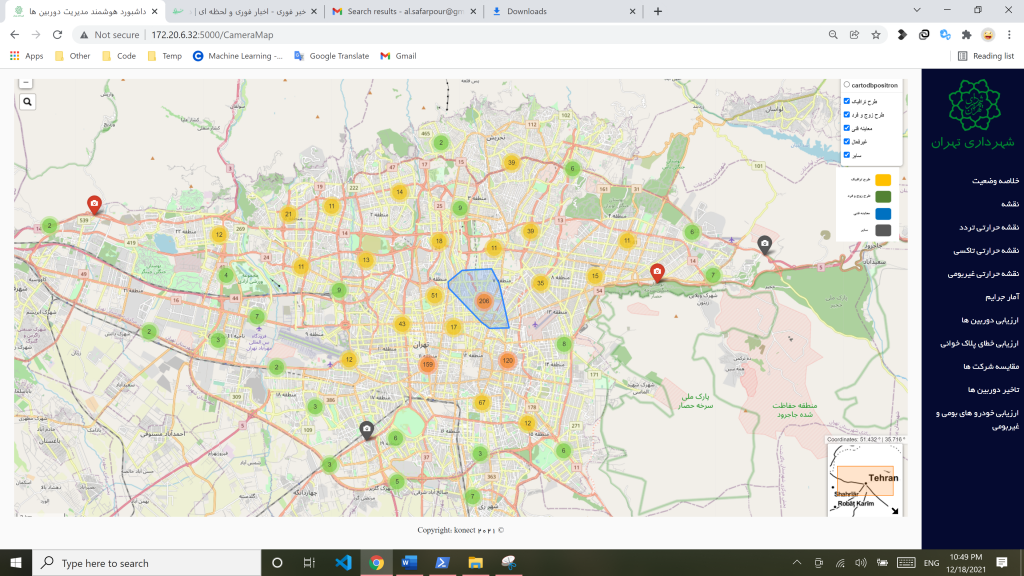With the increasing number of systems and installed sensors in a smart city, there is a need for a data analysis system to process the information obtained from these systems in order to monitor the performance of these systems and city traffic through an advanced surveillance system. The Kaavosh data analysis system, utilizing artificial intelligence, algorithms, and prominent data processing platforms, monitors city-level traffic parameters and the performance of existing systems 24/7 and presents the processed traffic data on a dashboard. By continuously monitoring the data in real-time, this system enhances the accuracy of traffic analysis and system performance, executing algorithms that are beyond the capabilities of human resources



